
 |
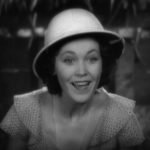 |
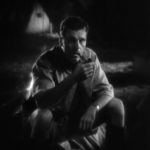 |
| Tarzan Johnny Weissmuller |
Jane Maureen O’Sullivan |
Harry Neil Hamilton |
| Released by MGM Directed by W.S. Van Dyke Run time: 108 minutes |
||
Proof That It’s a Pre-Code Film
- Jane razzes on her father (while she undresses in front of him):
“Darling, don’t be silly and embarrassed by me! Why, you bathed me some times and you spanked me too! Several times.”
“Rarely, dearly.”
“No, preferably, if you actually had. I wouldn’t be so obstinate. And I am! Very obstinate.”
- Tarzan, confused by Jane’s copious amount of garments, tries to forcibly disrobe her. And perhaps more.
- There are, let’s say, a massive number of ‘upskirt’ shots of Johnny Weismuller..
- A lot of animals die. Tarzan pretty much hacks his way through the food chain.
- You rarely see a great deal of blood in films of this era, but you’ve definitely got it here. Tarzan cuts throats and takes a few grievous injuries himself.
- Its racial politics are unimpressive.
Tarzan, the Ape Man: A Swinger’s Tale
“I wonder what you look like dressed.”
What makes a man attractive to a woman? There are certainly a variety of traits, though knowing when to shut the hell up is, I think, a major factor. It’s one I’ve been told that I need to work on.
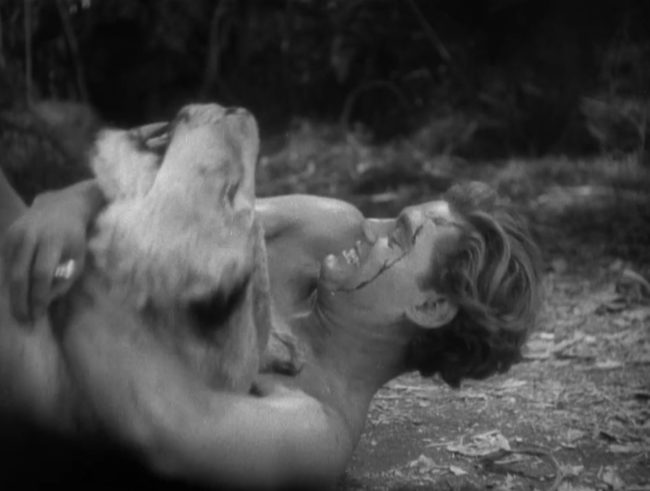
“I’d be ‘lion’ if I said this was easy!” See, aren’t you glad he never talked in complete sentences.
That leads me into the original Tarzan. Not original in that it was the first adaptation, but it is the first talkie based on Edgar Rice Burrough’s Tarzan story and the one that most defined him in popular culture. It’s not hard to understand why– here’s a movie with a pair of magnetic central performances, an early adventure movie bursting with travelogue visuals and some stunning shots that was unlike everything else that had came before it.
Our story is pretty basic– Jane Parker sets out with her father, James (C. Aubrey Smith, always reliable) and his business partner Harry Holt (Neil Hamilton, of course) to discover the fabled “elephants’ graveyard” and with it possibly a treasure trove of ivory to plunder. Jane is a crack shot and mischievous, but still smart enough not to go head over heels for the charming but shallow Holt.
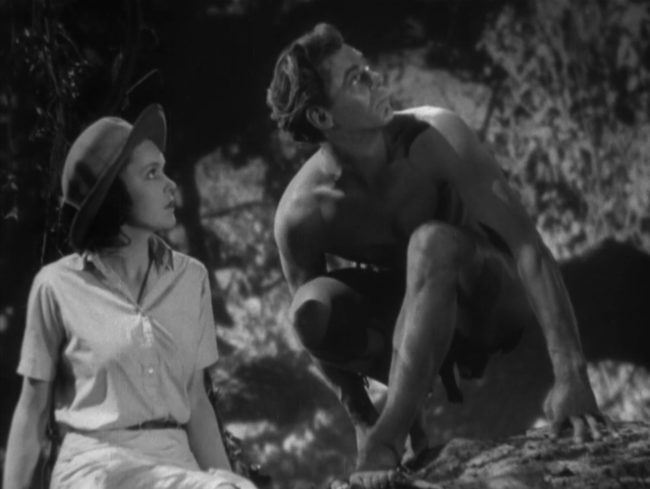
I think we can all agree that the greatest mystery in cinema is what would have happened if Johnny Weissmuller and Neil Hamilton switched roles. Alas…
Their party heads through the jungle and gets a decent amount of stock-footage native tribes and animals to keep the running time at a bloated 108 minutes. There are dangerous cliffs and hippo attacks that pick off many of the nameless natives unfortunate enough not to know how this kind of picture always plays out for them.
At the thirty minute mark, on a set of crudely disguised trapeze bars, in swoops Tarzan to confuse everyone and leave Jane aflutter. He eventually kidnaps her and the two tangle with Jane providing most of the awed narration. In the novel and previous film adaptions, the main character was ostensibly Tarzan, but MGM reworks the story to put the audience thoroughly in Jane’s shoes. This both saves us from watching Tarzan’s upbringing by what, undoubtedly, would have been men in monkey suits, while also giving us an outsiders perspective of the whole ludicrous situation, something thoroughly necessary.
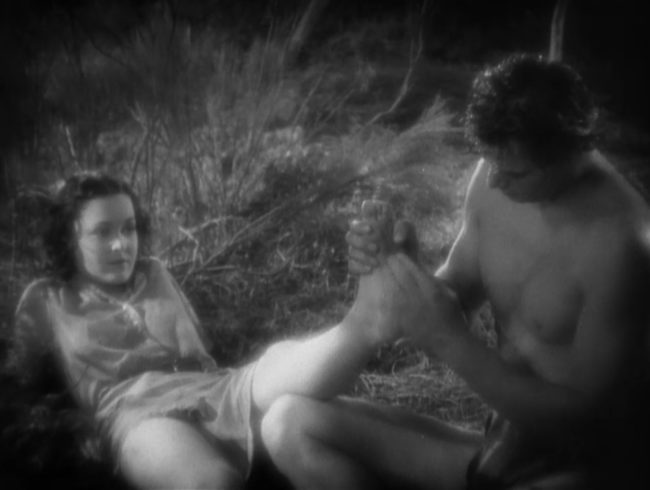
Or lack thereof.
This makes Tarzan here a moody, pensive outsider in the story. His face is often covered in shadows, his well carved but meaty flesh on full display. He’s draped in soft light, dreamily highlighting his jutting jaw and high cheeks. Tarzan’s lack of language works well here– he’s the stony, silent type, adding to the intrigue as Jane’s precise British badgering (and oftentimes gushy flirting) just bounce back and make her more flustered. She even understands the futility of it after a while. Tarzan isn’t to be explained; he just is.
That doesn’t stop Harry and James to rationalize away his humanity. A discussion of whether or not Tarzan is human or even has feelings, is preceded by this exchange:
“He’s not like us!”
“He’s white.”
Yeah, we’re still firmly in the 30s, where your very humanity is defined by the color of the skin or how ‘civilized’ you were. Tarzan bumps up against this– and, considering his ability to share the secret language of the animals, he’s almost a mythical creature. Jane learns a lot faster than Henry and James that Tarzan is all man, the then-epitome of kindness, bravery, and suave sexiness. Well, maybe James and Henry don’t learn that last part; it’s still a few decades early for an exploration of that caliber.
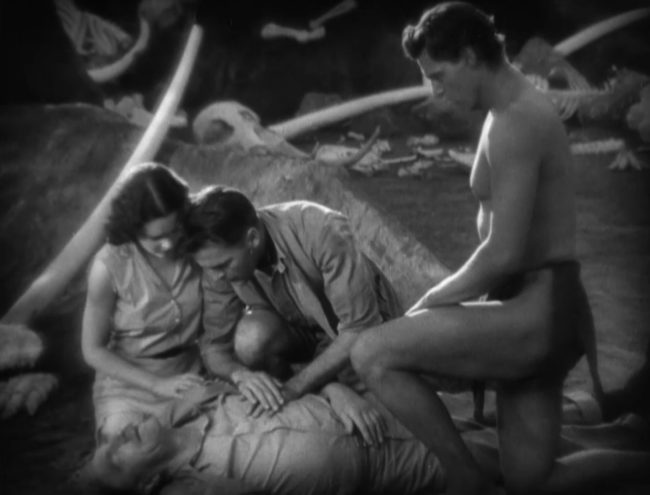
Neil Hamilton and a beefy guy in a loincloth both hovering over me is 100% not how I want to die.
But is there any tension to the film? Even I, who has seen Neil Hamilton sexually victorious way more often than any given person should, wasn’t really buying into him as much of a romantic rival, no matter how many animals he shoots. There are somewhere in the neighborhood of a million Tarzan movies that follow this up, too, making it hard to get worked up over Tarzan’s lengthy fight scenes, as he at one point wrestles a lion and, shortly thereafter, a bigger lion, when we all know he’ll be around for another day or fifty. The movie still has some excitement to spare, though a lack of a soundtrack a few obvious stunt doubles also work to undermine it.
I’d be remiss if I didn’t mention Tarzan’s pal, Cheetah, who would become synonymous with painful comic relief soon enough, gets a noble moment here where he attacks a massive ape to help save Tarzan, and then gets beaten savagely. This may not be the best one to watch with the kiddies.
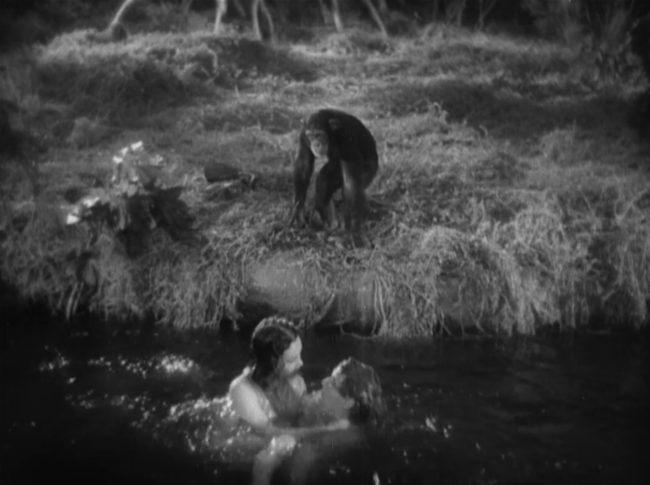
The monkey likes to watch.
Maureen O’Sullivan has kind of a soft-edged, fluttery performance that works perfectly here. Her Jane is probably the most interesting character, one torn between her love for her father, her stubborn nature, her want for adventure, and this need for a fulfillment she’s never been able to put a finger on. Tarzan and his gentleman-of-the-jungle ethos re-frames her paradigm– life separate from the push-me-pull-you of society is not only possible, but exciting in all sorts of ways she couldn’t visualize before. Stripped away, the comforts of society were window dressing– a falsity that she’s happy to be rid of.
While future Tarzan sequels would soon turn into the ridiculous, as Jane and Tarzan become a prototypical pair of Flintstones, this one ends on a note of adventure. We’ve found Jane falling in love, and Tarzan getting a grip on the vestiges of what the world outside the jungle is like.
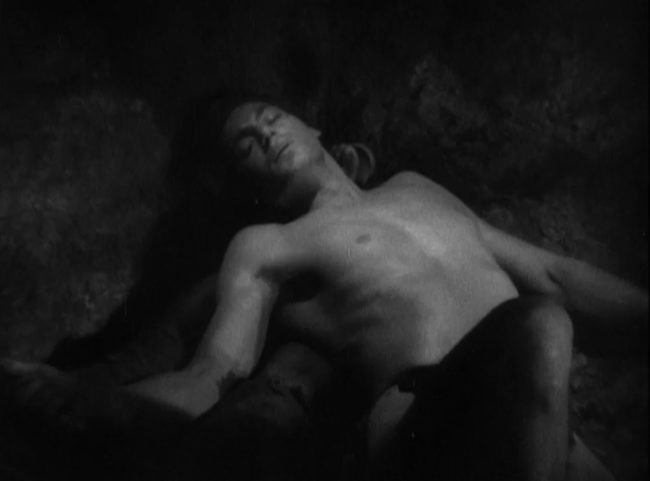
Laying on the Christ imagery nice and thick.
Director W.S. Van Dyke, who’d saved MGM’s Trader Horn earlier, is a good fit to the material, wasting and wanting not. The film’s sluggish pace, and by now over-familiarity, undermine the drama. But it’s still an interesting action-adventure time capsule for an era, with a great pair of leads in the center.
But I dunno. Maybe I should just shut the hell up now.
Screen Capture Gallery
Click to enlarge and browse. Please feel free to reuse with credit!
Other Reviews, Trivia, and Links
- MGM originally planned it as a sequel to Best Picture nominee Trader Horn, where Tarzan would team up with the very-memorable character Trader Horn. (If you can remember who played Trader Horn off the top of your head, you’re one up on me.) The purpose was to get some use out of all of the footage that W.S. Van Dyke had acquired during filming that safari epic. The idea of a crossover was eventually dropped and the film just became about the ape man.
- Follows a 1918 silent version starring Elmo Lincoln, which you can watch here, and seven other silent pictures. This movie’s success would lead the way to a series of MGM films:
- Tarzan and His Mate (1934) – The only other pre-Code in the series, and infamous for its sensuality (for good reason).
- Tarzan Escapes (1936)
- Tarzan Finds a Son (1939) – ‘Finds a son’ because at no point were Tarzan and Jane wed and, therefore, could not have a child under the provisions of the Hayes Code.
- Tarzan’s Secret Treasure (1941)
- Tarzan’s New York Adventure (1942) – Oh, hey, I’ve seen this one and it’s, uh, pretty fucking goofy. Props to whoever decided to end the MGM Tarzan series with Tarzan defending himself in court from charges that he is a negligent parent.
- TCMDB talks about how Weissmuller landed his defining role:
The studio considered several candidates for the title role, including Clark Gable, Joel McCrea, Charles Bickford and two future Tarzans, Olympic swimming champion Buster Crabbe and the gold-medallist in the shot put, Herman Brix (later known as Bruce Bennett). Then they found Weissmuller. The swimming star had won five gold medals in the 1924 and 1928 Olympics, in addition to 67 world and 52 national titles. He had broken 174 individual records, including every freestyle record from the 100 yards to the half-mile. There was only one problem. He was under exclusive contract to model BVD underwear. To win Weissmuller’s release, MGM had to work out a deal for their top stars – from Greta Garbo to Marie Dressler – to appear in BVD ads.
- As of yet, I have not been able to track down the Marie Dressler BVD ads. (Because who *doesn’t* want to see that?) Let me know if you have em.
- Moria does an excellent job dissecting the history of Tarzan, really goes into why Edgar Rice Burroughs detested this adaptation quite so much.
The silent 1918 Tarzan, which Edgar Rice Burroughs was involved with, was very faithful to the original book. However, from this point, there came to be a considerable divergence between what Burroughs conceived and the film portrayal of Tarzan. From the 1932 version here onwards, there would be no explanation of who Tarzan is. In the book, he is the son of John Clayton, Lord Greystoke, a British heir who is abandoned on the coast of Africa with his wife after a ship’s mutiny, where the parents are killed and the infant Tarzan is adopted into a tribe of apes by a mother whose own child has died. In this film, Tarzan comes shorn of any connection to his baronial heritage and the Greystoke title. Gone too is an explanation of being found and raised by the apes. (Indeed, throughout the Johnny Weissmuller series and or any film that followed up until the 1980s, we never find how Tarzan ended up living in the jungle). The reason for this is possibly demonstrated by the 1918 version, which follows the novel closely but showed it was difficult to convincingly portray apes as characters while relying only on trained animals or unconvincing monkey suits. […]
The film does approximate some of the scenes that Burroughs describes in the book with Tarzan snatching Jane away, wrestling a lion to protect her and sleeping outside the treehut to guard her. Unlike the end of the book, which has Jane return to Baltimore and Tarzan follow and propose to her, the film ends with her deciding to settle down in Africa with him.
- Keith Phipps over at the AV Club talks about the origins of Tarzan’s famous yell:
The yell has a lot to do with it. Depending on who’s doing the telling, Tarzan’s signature cry was either created by the MGM sound department by combining animal sounds with operatic sopranos, or it was a skill Weissmuller picked up while listening to yodelers as an immigrant kid in Chicago. Whichever the case, the sound is as recognizable as the national anthem, and it’s a sterling example of early Hollywood’s ability to remake the world in its own image. What does yodeling have to do with the African wilds? Absolutely nothing. But try looking at a jungle dripping with vines and not imagining a loincloth-clad ape-man swinging through it.
- Here’s the film’s trailer:
Awards, Accolades & Availability
- This film is available on Amazon, either for streaming or on disk.
More Pre-Code to Explore
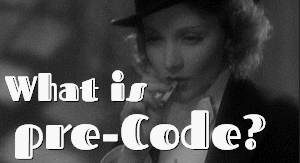
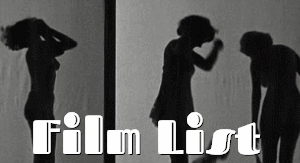
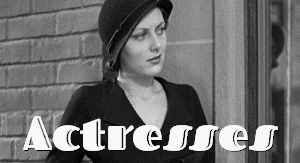
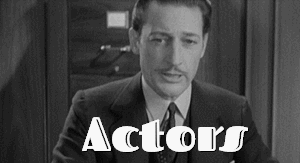
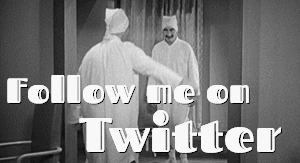
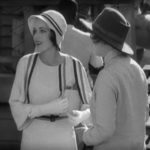

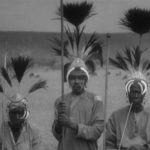
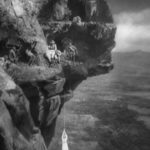


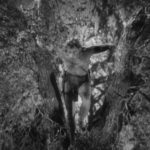
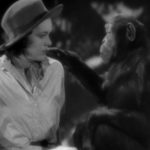
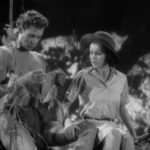

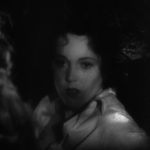
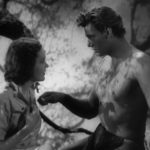
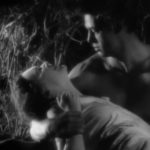

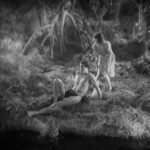
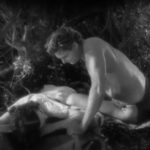
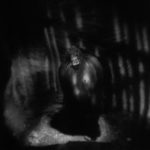
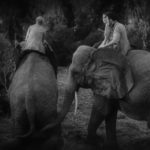
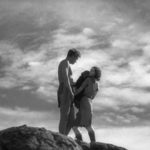



4 Comments
arlissarchives · May 25, 2018 at 12:31 pm
Harry Carey played the role of Trader Horn. How could you not know that! 🙂 I think the most memorable aspect of this first talkie TARZAN is the abundant outdoor photography. By the third film, ESCAPES in 1936, indoor for outdoor was increasingly becoming the norm with a special indoor jungle constructed. I think Tarzan became monosyllabic because Weissmuller couldn’t handle dialogue very well.
Canais Young · June 6, 2018 at 1:33 pm
That’s the same reason Arnold Schwarzenegger’s Conan the Barbarian and character from the Terminator didnt speak much, but, like Weissmueller’s Tarzan, they’re part of American movie pop culture.
Rift Corbitt · May 26, 2018 at 6:32 am
Thanks for the detailed review – excellent as always!
in the other section why no mention of;
Tarzan the Fearless,1933,Buster Crabbe,Julie Bishop
floodmouse · May 26, 2018 at 5:35 pm
When I was a kid, they used to play a “Tarzan” or “Lone Ranger” film on TV every Sunday. And since we had only 3 channels (not counting PBS), that was what you watched. Such nostalgia! Thank you –
Comments are closed.